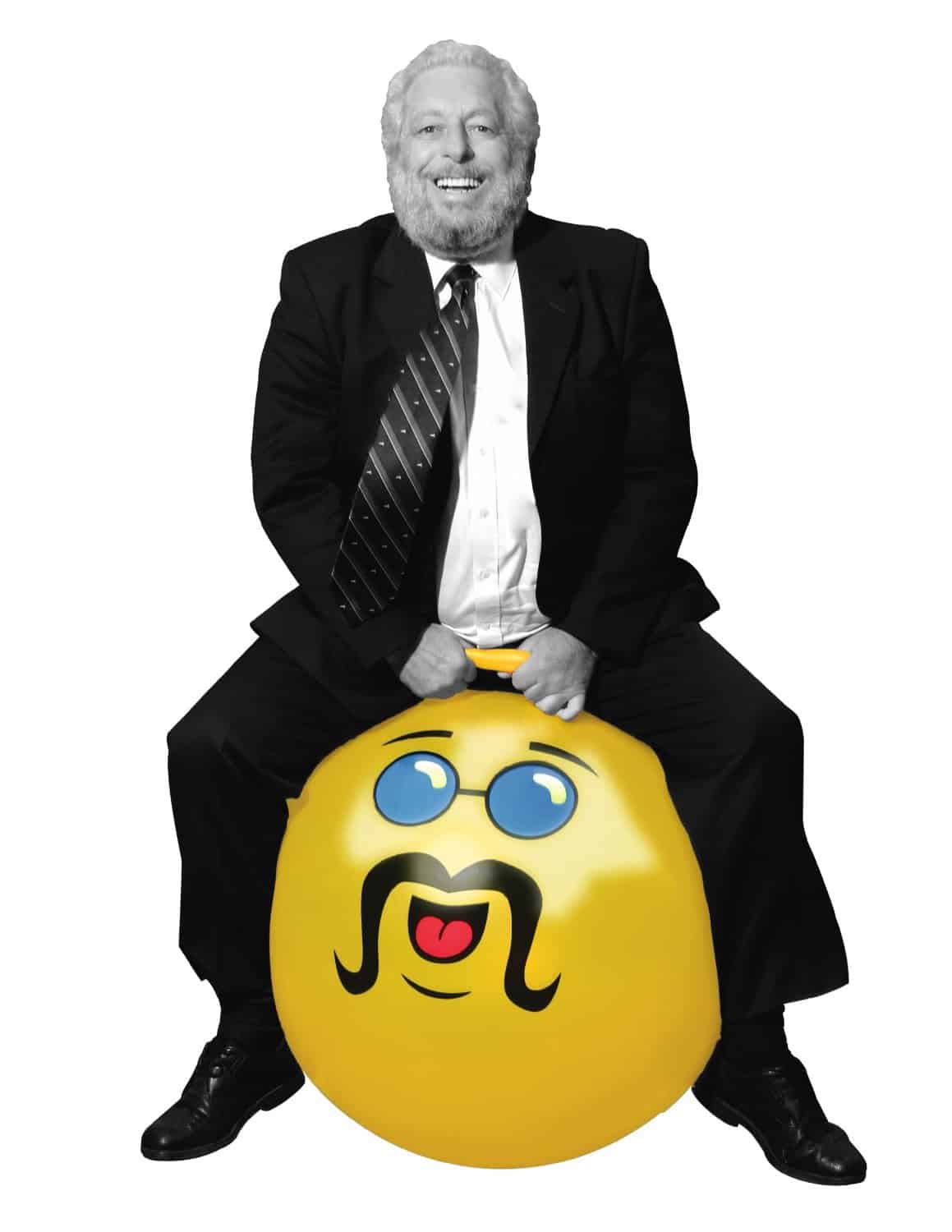 If you have been doing affiliate marketing or running a blog for any amount of time, you’ve probably heard of something called bounce rate. You probably even understand that in most cases a low bounce rate is a good thing to have, so you set up your Google Analytics on your page and begin tracking only to find out that your bounce rate sucks.
If you have been doing affiliate marketing or running a blog for any amount of time, you’ve probably heard of something called bounce rate. You probably even understand that in most cases a low bounce rate is a good thing to have, so you set up your Google Analytics on your page and begin tracking only to find out that your bounce rate sucks.
How do you know that it sucks? What if it’s normal for the business you’re in? You can tell if you’re in the normal range using bounce rate benchmarking. You can learn more about this here.
How To Reduce Bounce Rate
Today, we’re going to look at a couple of ways that you can reduce your bounce rate. But first, we need to understand what we’re dealing with specifically.
[ad#inline]
What is bounce rate?
A website’s bounce rate is basically the percentage of visitors that land on one page of your site and then leave. This isn’t always a bad thing, but for blog managers, it’s best to keep a lower rate for your informational pages. There are a few ways that people leave your page normally:
- People visit your page and click a link that takes them to a different site.
- People visit your page, panic for some reason, then hit the back button (I’m just assuming that they are panicking…).
- People stay on one page of your site for a long enough amount of time that Google figures they’ve died and stops tracking, which is just considered a bounce.
We’re not really going to address scenarios where a high bounce rate is a good thing, since we’re really just wanting to talk to new bloggers and affiliates and give them some tips on how to reduce bounce rates. Sorry, pros…
One thing to remember is that you can’t totally eliminate bounce. You will always have a little bit (unless you get super sneaky…we’ll talk about that in a minute).
What causes high bounce rate?
 There are a fair number of factors that go into causing bounce rates to increase. You could be getting crappy traffic from crappy places. You may be answering questions too quickly. Your site navigation and load times may be terrible. You may not be engaging the reader. Or…you could just be boring.
There are a fair number of factors that go into causing bounce rates to increase. You could be getting crappy traffic from crappy places. You may be answering questions too quickly. Your site navigation and load times may be terrible. You may not be engaging the reader. Or…you could just be boring.
Disclaimer: the tips that I will be listing below aren’t going to do anything to help you be less boring. You’re on your own with that one.
How do I reduce bounce rate?
Step one…diet and exercise! No? Crap. That’s the wrong type of bounce rate. Nevermind.
I’ve put together this short list of some things that will help you reduce the bounce rate of your website. This is what I’ve come up with so far.
- Write better content. Don’t be lazy. Don’t be boring. Be informative and give people what they are looking for.
- Fix your crappy navigation. You need to be sure that your site is easy to navigate. It should be intuitive, and it shouldn’t take a medical degree to figure out how to locate things on your blog. Also, speaking of navigation, you should make sure that whenever you do link to an external site, you set the link so that when the reader clicks it, it opens in a new window rather than taking the reader away from your page. This is an example of a link that opens in a new tab. You can make links that open this way by adding the attribute “_blank” to your link code. Also, this link demonstrates another important thing that you can do to reduce bounce rate. You should link your articles to other articles on your site. Internal links will help give people a reason to click to your other pages before escaping.
- Break long articles into multiple pages. I was thinking about this before writing this article. If bounce rate is just people who leave your site without clicking to another page first, then news sites have this shit down to a science. If you’ve ever been on a news site, you’ve probably noticed that longer articles (i.e., non-breaking news stories) have links at the bottom that break the article into multiple pages. Do you want more information? Then you have to click to a different page on the site! It seems pretty brilliant to me.
- Use a sneaky blog plugin to mess with your bounce rate. Yes, they exist, and if you are really wanting to drop your bounce rate, you should use one in addition to taking all of these other steps. The one that comes to my mind is called Zero Bounce by ForceSpark. It is a plugin for self-hosted WordPress sites that basically hijacks the user’s back button so that when they click ‘Back’, they get directed to any page you want them to land on. Is this a dirty trick? Sure it is. But it works. Imagine this scenario: you’re running an informational website and people are hitting your page from Google search results. They don’t see exactly what they want (shame on you), so they hit back…and are directed to your own custom Google search results page instead of Google’s…you like making money from searches, right? But the fun part is that the possibilities are pretty much endless with this plugin. Another really dirty trick would be to send them to an Amazon affiliate link. I can’t really recommend doing that, but it IS possible. The downside to this plugin is that the basic version is $49. This seems to be pretty reasonable when compared to other professional plugins, so if you’re wanting to spend some money on a fun tool, then you can buy Zero Bounce here.
I was thinking about the plugins for reducing bounce rate, and I believe it might be possible to write a custom plugin that affects more than just the back button. Just sayin’.
Your turn. Which methods have you tried to successfully (or not) reduce your bounce rate?
[ad#inline]
